If you need to source wholesale faux leather label jeans leather patch then you're in the right place. On Alibaba.com, a global online marketplace, wholesalers can connect with various suppliers and manufacturers to fulfill their procurement requirements. Check out everything Alibaba.com has to offer and shop a wide variety of faux leather label jeans leather patch, custom hang tags for clothing, name labels for clothes, and more.
faux leather label jeans leather patch and custom clothing tags are vital to the fashion apparel industry. Brands rely on these faux leather label jeans leather patch to indicate information like an item's product number, price, care instructions, and size. You can search for blank clothing tags, printed price tags, size tags for clothing, and care labels for clothing on Alibaba.com. These items are also useful in increasing brand awareness. Clothing label tags enable shoppers to easily discern between different brands of clothing. Retailers, designers, and apparel businesses of all sizes can benefit from custom clothing labels. Everyday consumers find faux leather label jeans leather patch useful as well.
Name labels for clothes, clothing label stickers, and iron on labels for clothing are great for DIY projects and personalizing your own clothing items. You can even purchase your very own clothing label maker that's perfect for making your own clothing labels.
Explore Alibaba.com to stock your inventory with budget-friendly wholesale faux leather label jeans leather patch.
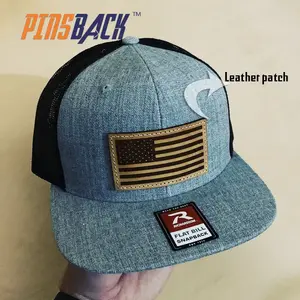






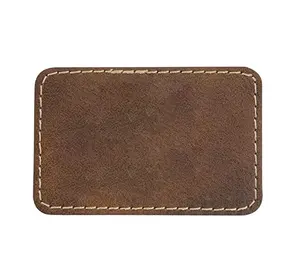


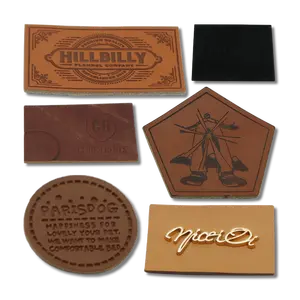
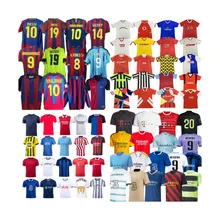



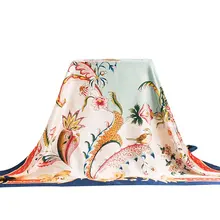



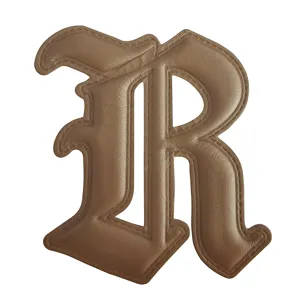
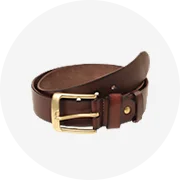


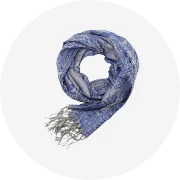


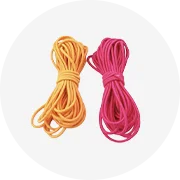


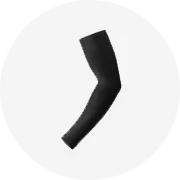

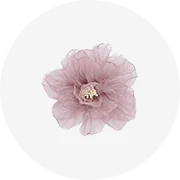



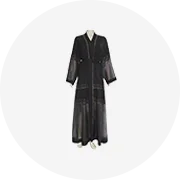








 浙公网安备 33010002000092号
浙公网安备 33010002000092号 浙B2-20120091-4
浙B2-20120091-4